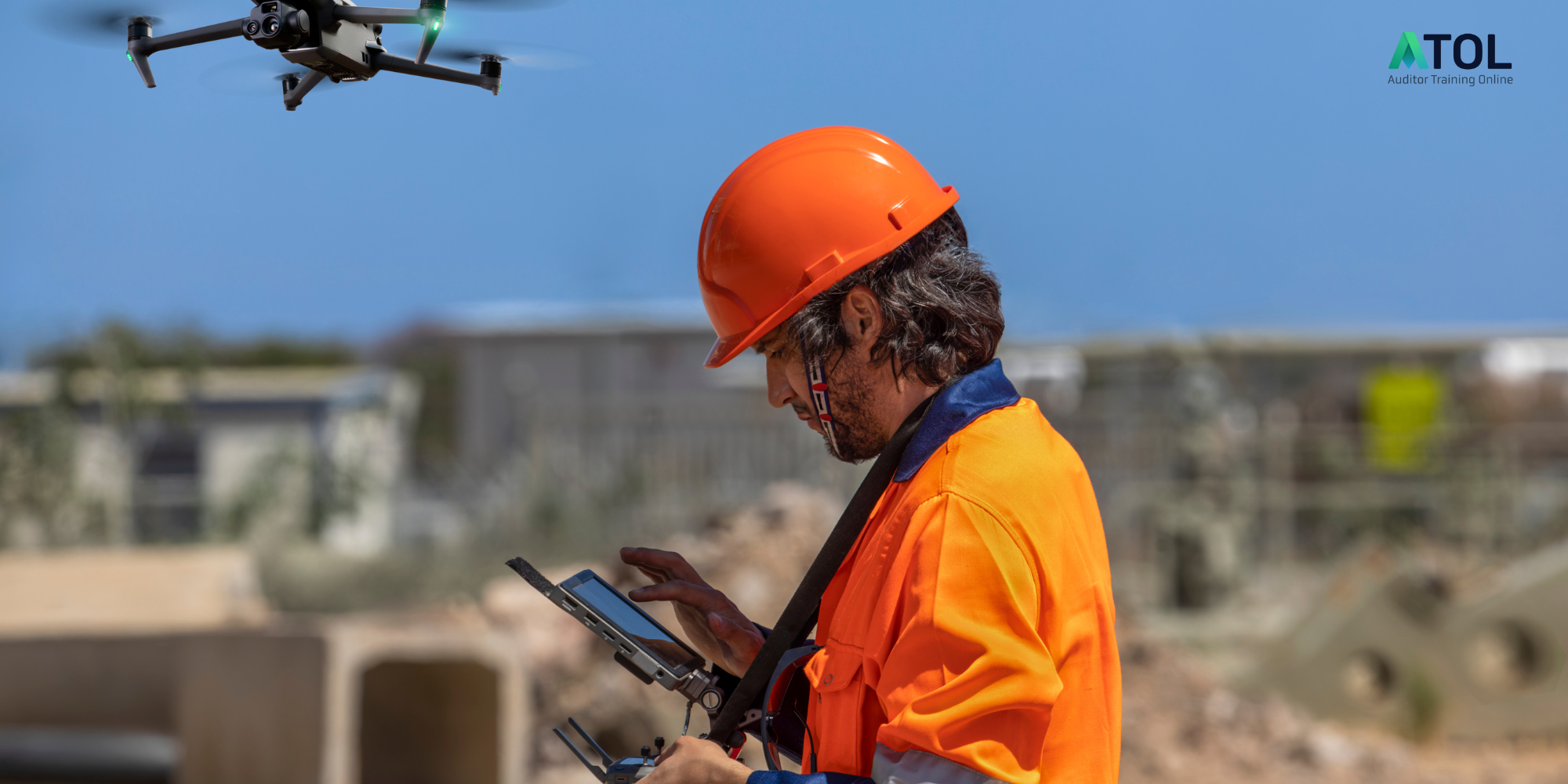
In this article, we will delve into Clause 8.1, focusing on Operational Planning and Control. Our objective is to dissect the elements of this clause to offer you a clear and practical understanding. By the end of this blog, you will be equipped to integrate these operational planning and control requirements into your organization's existing systems.
This clause states that...
The organization shall establish, implement, control and maintain the processes needed to meet environmental management system requirements, and to implement the actions identified in 6.1 and 6.2 by:
- establishing operating criteria for the process(es)
- implementing control of the process(es), in accordance with the operating criteria
This means that the organization needs to define HOW the processes will be carried out and the requirements that must be met to ensure conformance with EMS requirements. They must also have measures in place to monitor and control the processes to ensure that they are being carried out as intended and to identify and address any nonconformities. By establishing and controlling these processes, the organization can ensure that they are meeting their environmental objectives and overall EMS commitments.
There is a NOTE after this section of the clause that states that...
Controls can include engineering controls and procedures. Controls can be implemented following a hierarchy (e.g. elimination, substitution, administrative) and can be used individually or in combination.
This provides some guidance with regard to the types of controls you can consider. Elimination could be completely banning the use of a hazardous substance, whereas substitution would be replacing the hazardous substance with a safer one. Administrative controls include signage or training, and PPE which is considered a lower-level control. Always consider elimination first, then substitution, and of course administrative controls can be used in parallel with any other control.
Then this clause goes on to state that...
The organization shall control planned changes and review the consequences of unintended changes, taking action to mitigate any adverse effects, as necessary.
Of course, things change, and you will know about them as upcoming and plan to mitigate changes with new or different controls. Examples of planned changes could be the introduction of new products that have a reduced environmental impact or the relocation of operations to a new site that has a varying environmental impact. Then of course if there are unintended changes, which could be considered a nonconformance then action is to be taken to deal with the consequences. I would suggest referring to clause 10.2 Nonconformity and corrective action to support the process of dealing with the consequences and implementing corrective actions for this.
The clause then goes on to state that...
The organization shall ensure that outsourced processes are controlled or influenced. The type and extent of control or influence to be applied to the process(es) shall be defined within the environmental management system.
This means that if any activities, products, or services are outsourced to contractors or subcontractors they still need to be controlled under the same banner and manner that all others are. There are no exceptions if an outsourced party impacts the environmental management system. Everyone is responsible.
The next section of this clause states that...
Consistent with a life cycle perspective, the organization shall:
a)establish controls, as appropriate, to ensure that its environmental requirement(s) is (are) addressed in the design and development process for the product or service, considering each life cycle stage;
b)determine its environmental requirements for the procurement of products and services, as appropriate;
This means that controls regarding the environmental impact need to be considered right from the beginning of the life cycle. Therefore, if you are responsible for the design and development of your product or service, then environmental impacts need to be considered at the design stage as well as when purchasing any products and services for the provision of your own products and services.
Then the next point states to...
c) communicate its relevant environmental requirement(s) to external providers, including contractors;
Where you do have external providers including contractors it is important to communicate and make them aware of the environmental requirements relevant to the work that they are doing. This could be in their Contract or Agreement and again communicated at induction or onboarding prior to work commencing.
Then the next statement is...
d) consider the need to provide information about potential significant environmental impacts associated with the transportation or delivery, use, end-of-life treatment and final disposal of its products and services.
And then to finish this life-cycle for environmental impacts, you need to consider the impacts from transportation or delivery of your products or services as well as decommissioning or end-of-life including how you or your customers can dispose of the product. To recap point a) design and development, point b) procurement of products and services, and point d) transport, delivery, use, and end-of-life through to disposal, all of these elements need to be considered when you determine the environmental impacts that are managed in clause 6.1.2. I suggest you go back to clause 6.1.2 and with this new knowledge review your environmental impacts.
Then the absolute final part of this clause is that...
The organization shall maintain documented information to the extent necessary to have confidence that the processes have been carried out as planned.
This means to help you control and manage these requirements and the processes you develop to do this – these need to be documented. Written down and not just in your head.
Now that you have a better understanding of these requirements, it's time to take action and implement them in your own organization and ISO 14001 Environmental management systems.
If you're keen to expand your knowledge on ISO 14001, make sure to check out our other articles on the topic, starting with a comprehensive breakdown of What is ISO 14001:2015 Environmental management systems??
If you prefer watching over reading, head to our ATOLTV ISO 14001 playlist on YouTube, either way, be sure to check out our range of ISO 14001 Environmental management systems courses and qualifications today.





